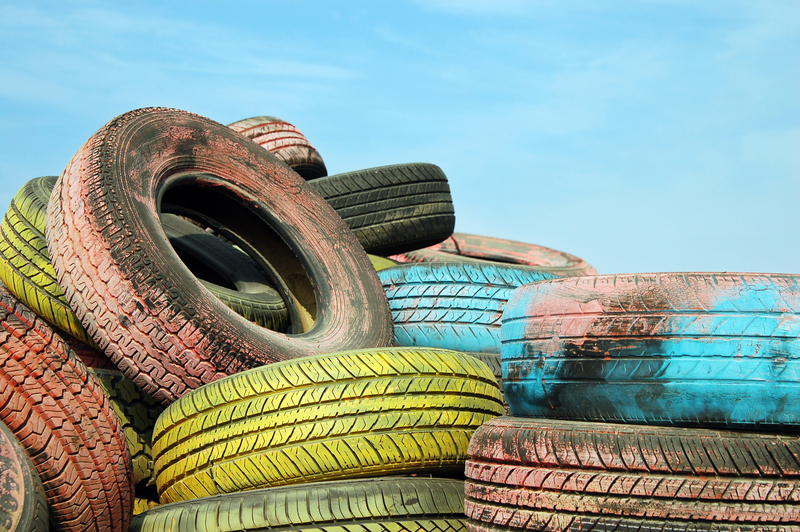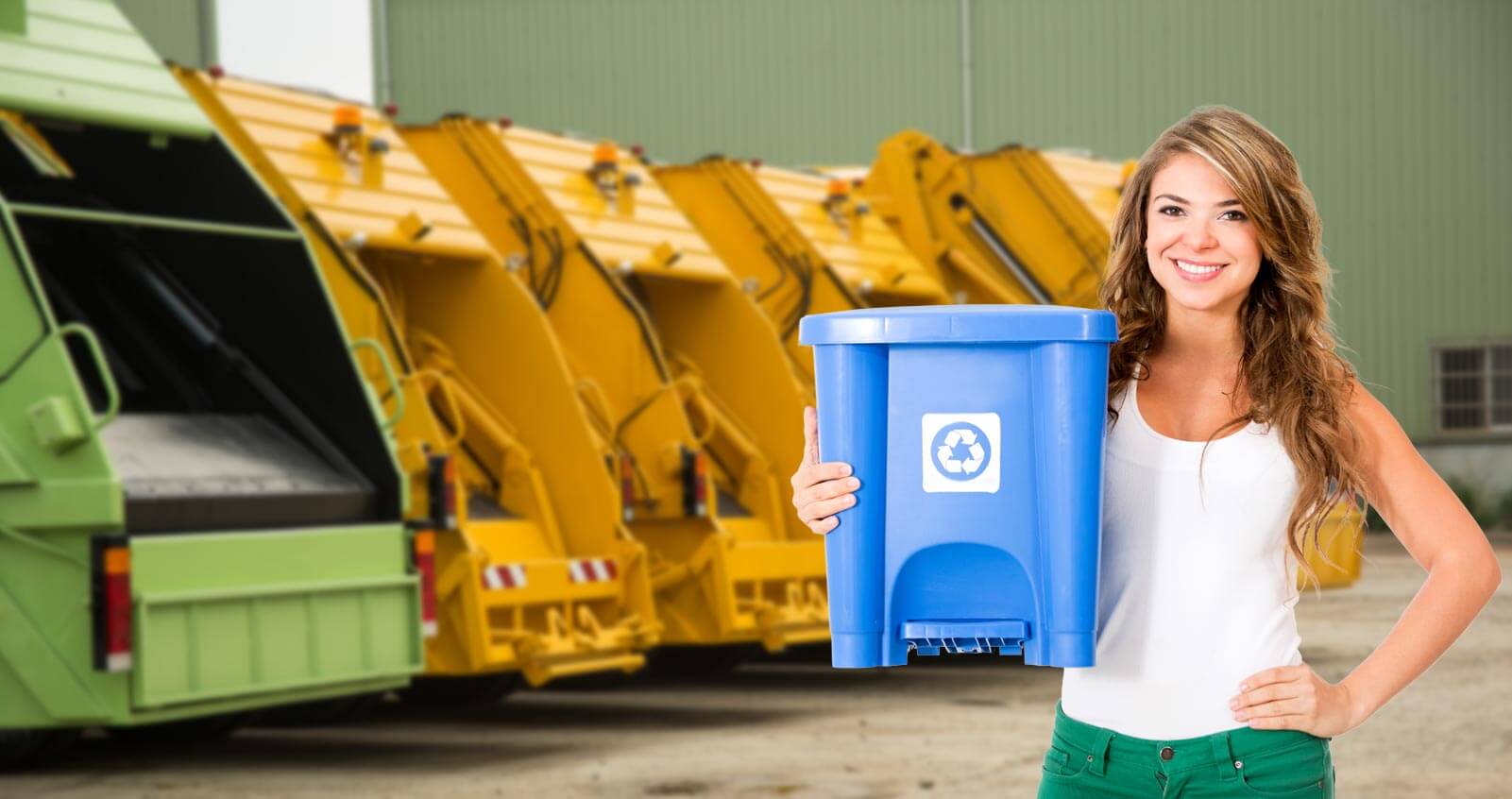Biodiversity Loss from Waste Mismanagement
Posted on 24/12/2024
Understanding Waste Mismanagement
Waste mismanagement encompasses a range of activities that include littering, illegal dumping, inadequate waste collection systems, and improper disposal of hazardous materials. These activities lead to pollution in various forms--such as soil contamination, water pollution, and air pollution--each having a significant impact on ecosystems and the myriad of species that call these environments home.

The Impact on Terrestrial Ecosystems
Improper waste disposal on land can severely disrupt terrestrial ecosystems. Non-biodegradable materials, for instance, can persist for decades, causing physical harm to wildlife. Animals often mistake plastics and other waste for food, leading to ingestion-related deaths. Moreover, chemicals from poorly managed waste can leach into the soil, affecting plant life and the animals that depend on these plants for survival.
Marine Biodiversity Under Threat
One of the most visible impacts of waste mismanagement is in our oceans. Millions of tons of plastics and other waste materials end up in marine environments each year. These pollutants can cause entanglement, ingestion, and ultimately the death of marine animals. Moreover, chemicals like oil, heavy metals, and other toxic substances can severely degrade marine ecosystems, causing long-term damage to coral reefs, fish populations, and other marine life.
Microplastics: The Unseen Menace
While large debris is a significant issue, microplastics pose a hidden but equally dangerous threat. These tiny plastic particles, less than 5mm in diameter, are pervasive in the marine environment. They are easily ingested by marine organisms, making their way up the food chain and potentially impacting human health. The presence of microplastics has been found even in the most remote parts of the ocean, indicating the widespread reach of waste mismanagement.
Contamination of Freshwater Resources
Rivers, lakes, and streams are not immune to the effects of waste mismanagement. Contaminants from waste can leach into these freshwater bodies, affecting the quality of water and the health of aquatic life. The presence of pollutants can lead to a decrease in oxygen levels, making it difficult for fish and other aquatic organisms to survive. Additionally, these pollutants can enter the water cycle, affecting not just the aquatic ecosystem but also terrestrial ones that rely on these freshwater sources.
Impacts on Soil and Agricultural Biodiversity
Soil contamination from waste mismanagement can significantly impact agricultural biodiversity. Heavy metals and other toxic substances can accumulate in the soil, reducing its fertility and affecting the growth of crops. This can lead to reduced yields and the loss of crop varieties, impacting food security. Additionally, contaminated soil can affect the health of organisms that live in the soil, such as earthworms and beneficial bacteria, further disrupting the soil ecosystem.
Human Health and Biodiversity
Human health is intricately linked to biodiversity. The destruction of ecosystems and the loss of species can lead to the emergence of new diseases, as humans and wildlife come into closer contact. Waste mismanagement can exacerbate this issue by creating breeding grounds for disease vectors, such as mosquitoes and rodents. Additionally, the contamination of natural resources, such as air, water, and soil, can lead to a range of health problems in humans, further underscoring the need for better waste management practices.
Steps Towards Sustainable Waste Management
Addressing the issue of waste mismanagement requires a multi-faceted approach. Governments, industries, and individuals all play a crucial role in reducing waste and managing it more sustainably. This can include measures such as improving waste collection and recycling systems, promoting the use of biodegradable materials, and implementing stricter regulations on hazardous waste disposal. Additionally, raising awareness about the impacts of waste mismanagement on biodiversity can help drive collective action towards more sustainable practices.

The Role of Technology in Waste Management
Advancements in technology can also play a significant role in addressing waste mismanagement. Innovations in recycling technology can improve the efficiency and effectiveness of recycling processes, reducing the amount of waste that ends up in landfills and oceans. Additionally, emerging technologies, such as waste-to-energy conversion, can help turn waste into a valuable resource, reducing its environmental impact. The use of data analytics and IoT (Internet of Things) technologies can also help optimize waste collection and processing systems, making them more efficient and sustainable.
Conclusion
Biodiversity loss from waste mismanagement is a pressing issue that requires immediate attention. The impacts on terrestrial, marine, and freshwater ecosystems are significant and far-reaching, affecting not just wildlife but also human health and well-being. Addressing this issue requires a collective effort, involving improved waste management practices, technological innovations, and greater awareness about the importance of biodiversity. By working together, we can mitigate the negative impacts of waste mismanagement and ensure a healthier, more sustainable future for all living organisms on Earth.




